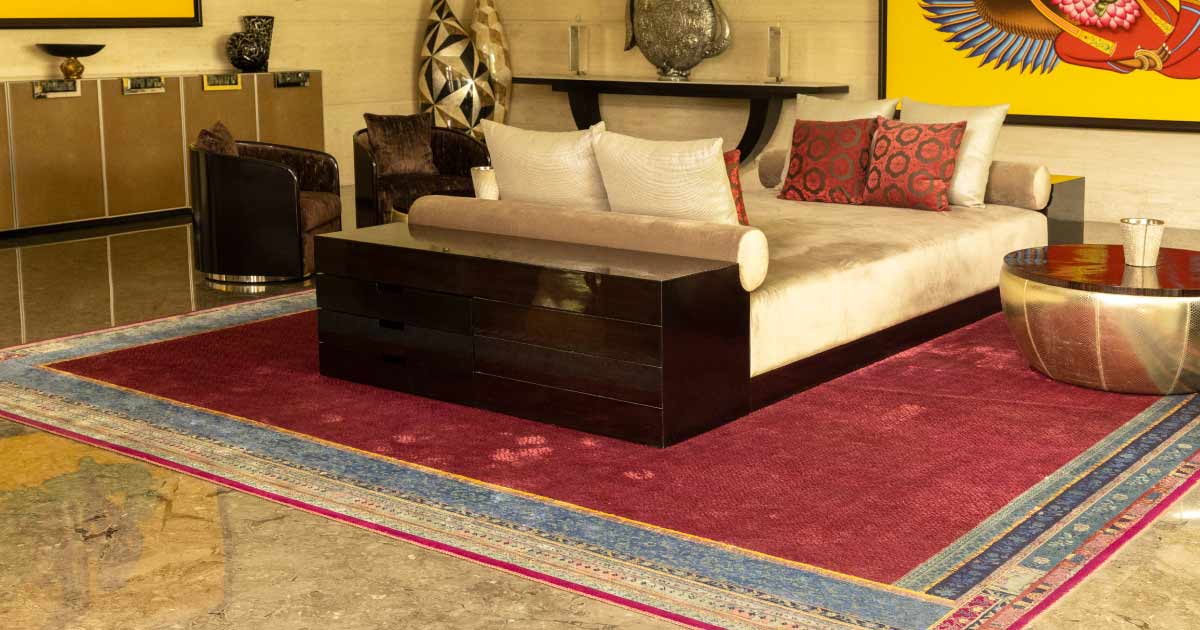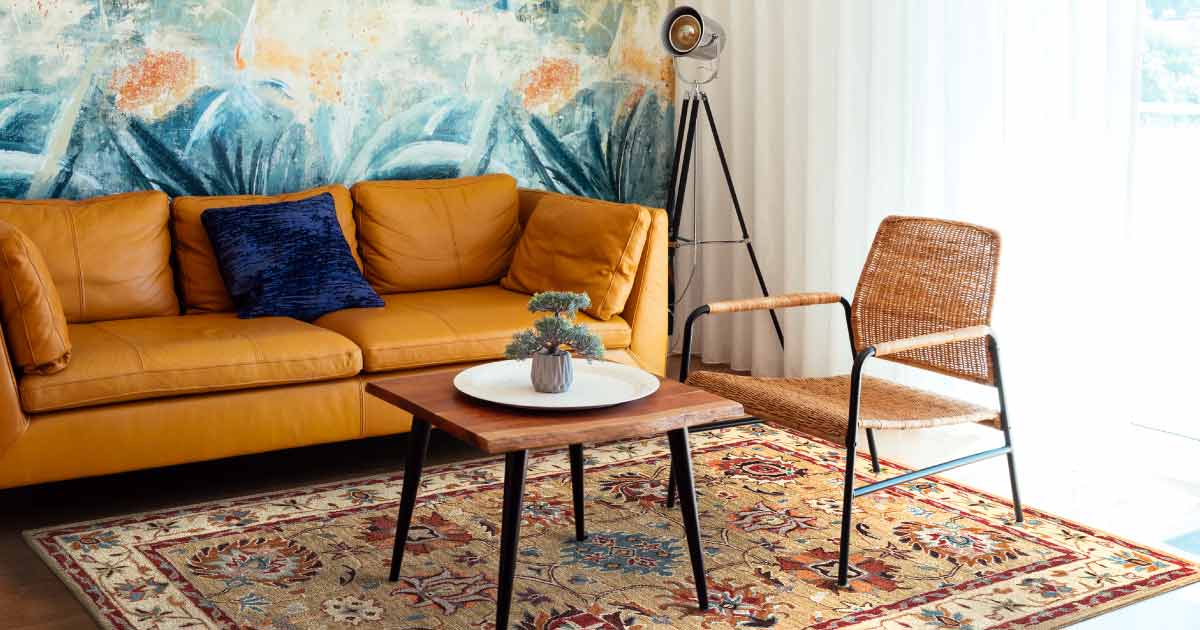
The Anatomy of a Hand-Knotted Carpet
‘Good things take time’. Life is all about the finer things. Be it a piece of clothing, a car, or even a simple hairstyle. To achieve finesse, you need time. If you have to build 4 walls with bricks and cement, that can be done overnight with extra labor. However, time is needed to build a house with an attractive interior. The same can be said about a handmade carpet. Unlike putting in a simple command on a piece of machinery to make a rug, a handmade carpet is a result of painstaking labor, exquisite craftsmanship, and a lot of time. This result is not just a fine decor accent but a heirloom-worthy article that stays in the family for generations.

By definition, a hand-knotted carpet is a hand-made article crafted by the hands of experienced weavers. The hand-knotting techniques used by these weavers are centuries old and have been passed down as heirlooms from their forefathers. Initially, these techniques were brought to the country by Persian weavers who came to craft carpets for the Mughal Empire during their rule. These weavers taught this art to Indian weavers, birthing carpet weaving in India.
In comparison to handloom or hand-tufted rugs, Hand-knotted carpets usually have a higher price point. If you are thinking of investing in one, then this blog is for you! Breaking down the anatomy of a hand-knotted carpet, the 1st thing we need to understand is the weave style.
While hand-knotting a carpet is enough to determine the cost as it is a time-consuming procedure, the knots per square inch determine the quality of the rug. The higher the no. of knots per square inch, the finer the rug. And the finer the rug, the higher it costs. To count the knots per square inch, turn over the rug and count across the length and breadth of psi. Eg- If a rug has 15 knots both vertically and horizontally, the Kpsi will be 225.
At Obeetee Carpets, we have been crafting hand-knotted rugs for the world for the past 103 years. With a family of over 25000 weavers, we have 3 generations of weavers crafting rugs. Apart from the labor-intensive and time-consuming technique, a hand-knotted carpet is expensive because of the fine materials used in its composition. At our house in Mirzapur, we use only international-grade natural materials like wool, silk cotton, and jute to knot these rugs. Along with being pure and organic, these materials are sourced from highly fertile fields. Each of these materials comes with abilities to provide you extra comfort underfoot and a soft texture.
One question that might be coming in your head is is it worth it? Well, are solitaires worth the price? Or is an original Van Gogh good enough when you have enough fakes in the market? It’s all about appreciation and respect for art. A knotted carpet can even be made with a machine, after all, everything can have a copy in the world. The only way to differentiate between the 2 is to find that human error. Hand-knotted carpet will have at least a few open knots or some loose threads, but that’s the beauty of handmade articles.
While we gave you an example of 225 knots per square inch, a carpet crafted in Bhadohi can have upto 300 knots per square inch, yes, 300! In our collection, you will find hand-knotted rugs for every space. From contemporary to traditional patterns, we have everything. To explore, visit our e-commerce platform- https://www.obeetee.in/ or any of our flagship stores spread across the country to experience the magic of Obeetee 1st hand.









